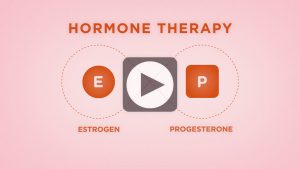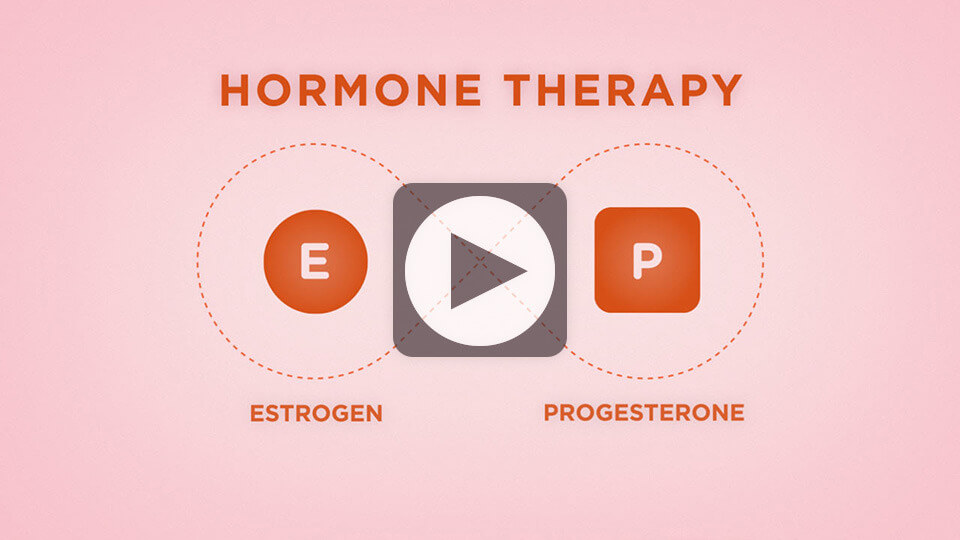
Hormone therapy is an incredibly powerful means to help control and deal with major cancer types. While it is seen as a modern treatment, it has a history which dates back to the mid-1900s, when George Thomas Beatson successfully carried out endocrine therapy to treat breast cancer. Although it has been a long time since then, and there have been some amazing breakthroughs regarding how cancer is treated, many people still don’t fully understand hormone therapy, or how it can help treat the likes of breast, prostate & womb cancer.
Thanks to information from Birmingham Prostate Clinic, who provide hormone therapy alongside other advanced treatment options, here are some of the key takeaways regarding hormone therapy for prostate cancer and related illnesses.
Hormone therapy is ALWAYS complimentary
For lack of a better phrase, no patient can ever “go it alone”, and be convinced that hormone therapy is the only way to treat cancer. This therapy should always be built into a treatment plan and cover one of these functions:
- Stop the growth of a cancer
- Lower (or block) hormones in a specific area
- Prevent cancerous cells from dividing
For example, someone with prostate cancer would want to lower testosterone levels around the prostate, as cancer here has to use testosterone to grow. Therapy lowering testosterone won’t simply stop cancer in its tracks, but it will slow it down. This can help a patient immensely when it is time for radiotherapy or chemotherapy.
Hormone therapy is not for everyone
Not every cancer can be treated with hormone therapy. Typically, such therapies are reserved for breast, ovarian, prostate and womb cancer. It is important to know that not every cancer will benefit from hormone therapy. It is often seen by those with no prior knowledge as an obvious route in a treatment plan.
Always remember that “therapy” is there for a reason. It is going to bolster and improve treatment, rather than work as a standalone treatment.
Hormone therapy takes many forms
Two people may have similar forms of breast cancer and begin a course of hormone therapy. Still, the experience and methods could be completely different.
Traditionally, hormone therapy is given in one of two ways. The first is through a daily course of tablets that aim to block a hormone’s action, e.g. someone taking tablets for prostate cancer will see their tablets limiting testosterone production. The second is via injection in a fatty area of your belly or limbs; the idea being that it’s the best area to help medicine reach target areas.
There is a third form of therapy which is not as common; surgery. It is usually reserved for cases where cancer/tumour is seen as a big problem. It would be in the best interest of the patient to have an organ creating hormones removed. For example, a male with a more aggressive form of prostate cancer may have one or both testicles removed to help completely reduce testosterone production. A female with ovarian cancer may have ovaries removed.
Hormone therapy affects patients differently
Any hormone imbalance is going to have a tremendous impact on the body. There is a wide range of side effects. The most common would include appetite changes, changes in the muscle & bones, mood swings & hot flushes. In some instances, an individual may also experience weight gain and hair thinning; these are usually more common when someone is undergoing cancer treatment at the same time as hormone therapy.
Learn more about cancer
This is just a small snapshot of the role hormone therapy plays in treating cancer. For more articles on cancer treatment, we recommend reading this post on the latest cancer treatments, and what men should know about prostate cancer.

